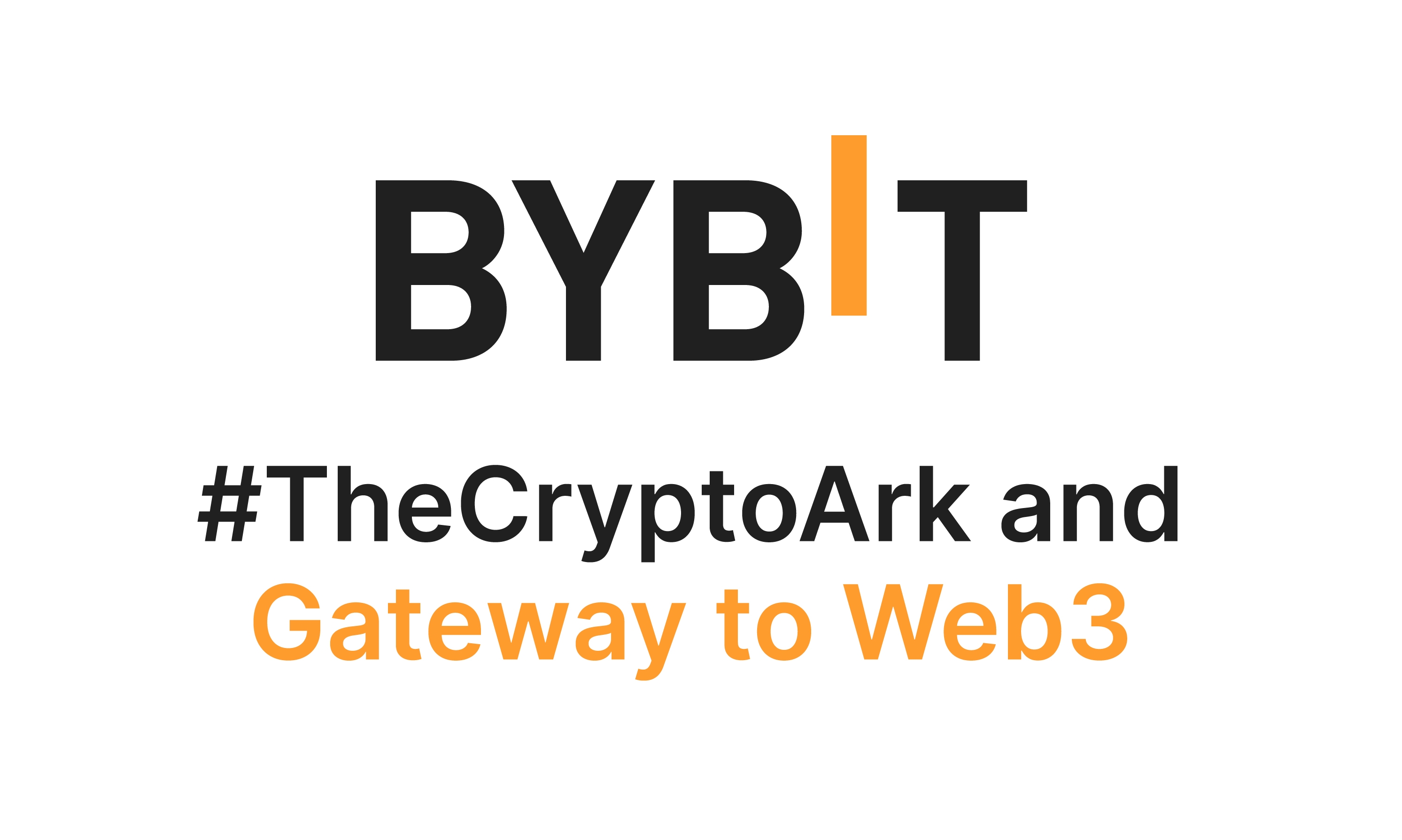Whoa! Margin trading feels like rocket fuel sometimes. It amplifies gains, and it amplifies losses even more. My first impression? Exciting and a bit reckless—like watching a street racer rev their engine at midnight, you know? Initially I thought leverage was the easy path to doubling returns, but then I watched a position evaporate in minutes and my intuition changed. Actually, wait—let me rephrase that: leverage is a tool, not a shortcut. On one hand it lets you express conviction with fewer coins, though actually it demands risk discipline that most retail traders underestimate. Hmm… somethin’ about that rush still gets me, but that doesn’t mean it’s smart to chase every move.
Okay, so check this out—spot trading and margin trading live in the same house but they don’t share the same bedroom. Spot is simple: you buy the asset and you own it. Margin lets you borrow to increase exposure, which sounds brilliant until funding rates and liquidations enter the chat. Personally, I prefer starting with spot for learning. I’m biased, sure. This part bugs me: too many traders jump straight to 50x because a streamer made a quick buck. Really? That’s a recipe for burnout. The math behind liquidation is straightforward, though traders often miss the subtle bits—exchange mechanics, maintenance margin, and the cascading margin calls that follow a rapid price swing.
Leverage mechanics deserve a quick map. Short sentences help: Know your leverage. Monitor margin ratio. Use stop-losses. Now the medium detail: isolated margin limits risk to a single position, while cross margin shares collateral across positions which can save you in one trade and wipe you out in another. Longer thought: when you use cross margin, you are implicitly betting on a portfolio effect—hoping winning positions offset losers—but in a flash crash both sides can be vulnerable because liquidity dries up and funding spirals, so that portfolio bet is riskier than it sounds.

Where the BIT token fits (and why it matters)
I remember watching exchanges roll out native tokens and thinking: utility tokens are either brilliant or vapor. BIT is more than a ticker; it’s a lever for fee discounts, VIP tiers, and sometimes governance chops—though governance on centralized exchanges is, let’s be honest, limited. If you trade on centralized platforms, owning BIT can cut your trading fees and occasionally give priority access to launches. On a practical level, holding the token reduces friction costs for high-frequency strategies, which can be very very important over time. Oh, and by the way… staking programs sometimes offer yield on idle tokens, but yields vary and lock-up periods make the capital less flexible.
Here’s the thing. My instinct said “buy the token, get discounts,” and that was true in a narrow sense. But then I ran the numbers and realized: for low-volume traders, the fee savings rarely justify tying up capital in a native token unless you believe in its long-term buyback/burn model or ecosystem growth. Initially I thought tokenomics were just marketing. Then I dug into issuance schedules, burn mechanisms, and exchange revenue share models and—surprise—the structure can materially affect token value over years, not days. So, balance the immediate fee benefit against opportunity cost and liquidity risk.
When recommending exchanges I look for transparency. Fee structure. Liquid markets. Clear liquidation engine rules. And yes, integrations like margin and derivatives depth. If you’re curious about a pragmatic place to try spot, margin, and token utility together, check out bybit—I’ve used it for both spot experimentation and margin sizing experiments—though every trader should do their own due diligence.
Risk management isn’t sexy. Short sentence: protect capital. Medium: size positions so a single loss doesn’t derail your account; consider Kelly only as a reference, not a rule. Longer: set stop-losses based on volatility, not on wishful thinking, and review them often because market regimes shift—what worked in a calm BTC uptrend fails spectacularly during FTX-style contagion events where liquidity vanishes and bid-ask spreads explode.
Funding rates deserve more than a passing glance. They’re the heartbeat of perpetual futures. Short sentence: funding flips sentiment. Medium: positive funding means longs pay shorts; negative means shorts pay longs. Long thought: persistent positive funding can indicate overleveraged bullishness, making the market fragile—if a macro event hits, forced deleveraging cascades, funding spikes, and prices gap down, triggering liquidations. So, I watch funding like a hawk when I’m in leveraged positions, and I hedge when rates become unsustainably one-sided.
Practical setups that I actually use: low leverage breakout plays on spot-backed tokens; small margin positions for range-bound strategies; and passive spot accumulation for long-term holds. I’m not 100% sure which approach will outperform always—markets are messy—but mixing a spot core with a margin satellite usually smooths out volatility. Also, I admit that sometimes I take a tactical margin gamble when my thesis has high conviction, and it works out—sometimes not. Traders have to live with that uncertainty.
There are structural caveats traders ignore. Exchanges can change rules. Withdrawals might be paused. Native token utility can be diluted by inflation if issuance isn’t transparently controlled. Exchange-native ecosystems often look flattering on paper, but the real test is stress—how does the platform act when markets crash? Historically, those who consider contingency plans fare better. Prepare withdrawal plans. Practice partial unwinds. Keep some capital off-exchange for emergencies.
FAQ
Is margin trading too risky for retail traders?
Short answer: it depends. If you treat margin like gambling, it’s too risky. If you use it sparingly, size positions carefully, and understand liquidations and funding mechanics, it can be an efficient tool. My rule: never risk more than a small percent of your account on any single margin position, and keep a buffer for volatility.
Should I hold BIT for fee savings?
Holding BIT can make sense if you trade frequently enough that the fee discount outweighs holding costs and illiquidity risk. Also factor in token utility like staking and any buyback/burn programs. For casual spot buyers, it’s often not worth locking capital into a single exchange token unless you trust the platform long-term.
Spot vs. Margin: where to start?
Start with spot to learn asset behavior, then layer small margin trades as you master position sizing and stop discipline. Spot builds conviction; margin leverages it. Don’t rush. Learn to sleep at night with your positions.
